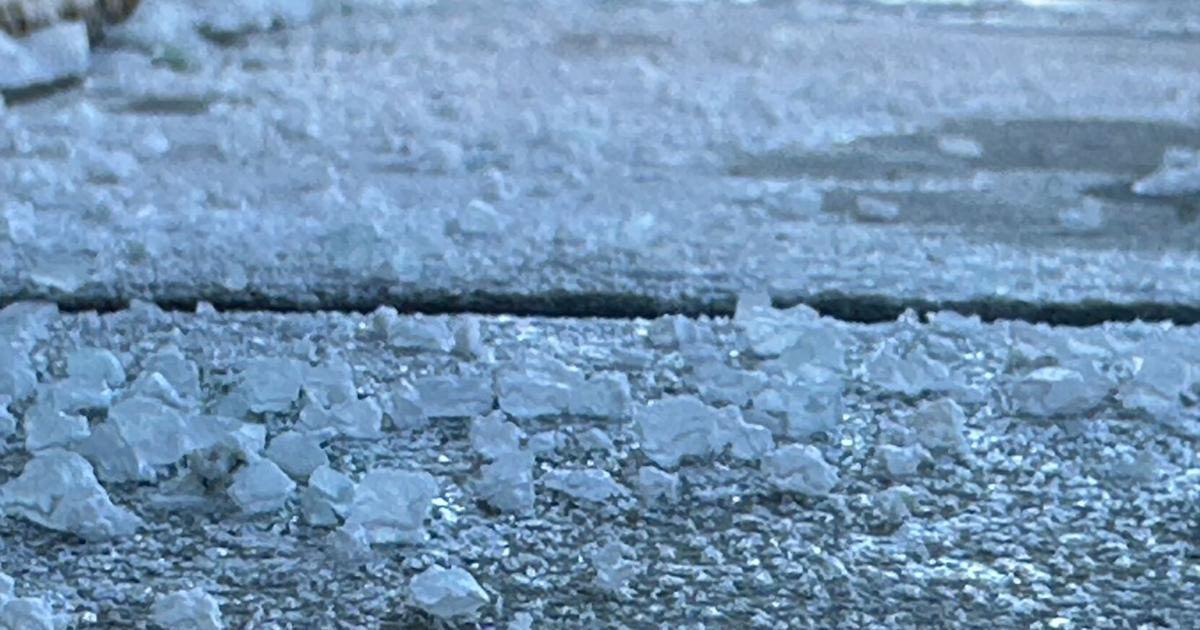The Hidden Environmental Cost: How Road Salt Is Silently Damaging Our Ecosystems

Winter's Icy Grip: The Hidden Environmental Cost of Road Salt
As snow and ice blanket roadways across Illinois, road salt emerges as a critical lifeline for driver safety. However, beneath its protective surface lies a growing environmental concern that demands our attention.
Local environmentalists are sounding the alarm about the potential ecological impact of widespread road salt usage. While the white granules effectively melt treacherous ice and prevent dangerous driving conditions, they also carry a significant environmental price tag.
The salt that keeps our roads clear during winter storms doesn't simply disappear after use. It seeps into surrounding soil, waterways, and ecosystems, potentially disrupting delicate environmental balances. Increased salt concentrations can harm vegetation, contaminate water sources, and negatively impact local wildlife.
As communities continue to prioritize road safety, experts are calling for a more nuanced approach to winter road maintenance—one that balances immediate safety needs with long-term environmental preservation.
Residents and local authorities are encouraged to explore alternative de-icing methods and use road salt more strategically to minimize ecological damage while maintaining safe transportation routes.
